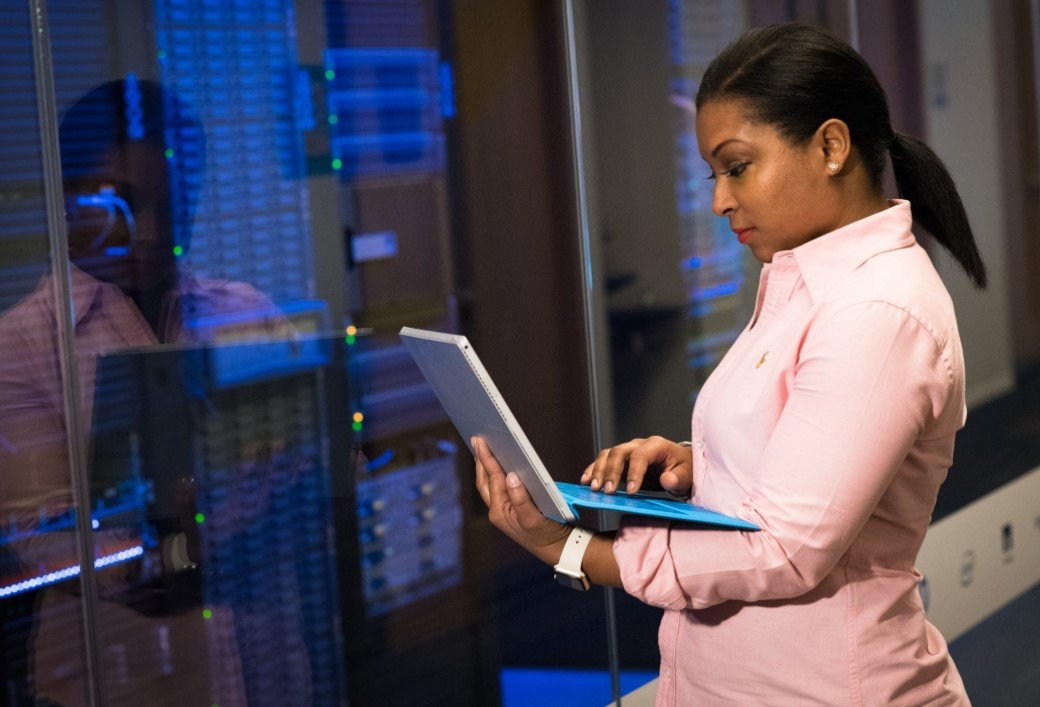Setting up a home server can be a powerful solution for data storage, media streaming, or running applications. However, understanding the true cost involves looking beyond the initial price tag. This guide breaks down all the expenses, from the hardware itself to ongoing utility and maintenance costs, helping you decide if it’s the right choice for your needs and budget. We will also explore some excellent alternatives if you want the benefits without the hassle.
Breaking Down the Initial Server Cost
The first major expense you will encounter is the hardware itself. The price of a home server is heavily dependent on its specifications, such as the processor (CPU), memory (RAM), and storage capacity. You can’t just pick the cheapest option and hope for the best.
For a reliable and capable machine, you should plan for a significant investment. It is unlikely you will find a suitable server for less than $1000, and costs can easily climb much higher. This initial price covers the core components that will determine your server’s performance and what it can handle.
Think about what you will use the server for. A simple file server for one or two people has very different needs than a server used for streaming 4K video to multiple devices or hosting a complex website. Making a list of your required specifications is the first step to getting an accurate price estimate.
Why You Shouldn’t Skimp on Specifications
It can be tempting to save money by choosing lower-end components, but this is often a mistake. The tasks you need your server to perform today might be completely different a year from now. A small business might grow, or your media library could expand significantly, placing a much heavier load on the system.
Unlike a standard desktop computer, you can’t easily shut down a server and add new parts whenever you want. Upgrades can be complex and lead to downtime. Therefore, it’s vital to build your server with future growth in mind. Investing a bit more upfront for a more powerful processor or extra RAM can save you a lot of headaches and money down the road. A server built with high-quality components is also less likely to fail.
The Hidden Costs of Running a Server 24/7
The purchase price is just the beginning. A server is designed to run continuously, 24 hours a day, 7 days a week. This constant operation consumes a significant amount of electricity, which will be reflected in your monthly utility bill.
Beyond the power to run the machine, you must also consider cooling. Servers generate a lot of heat, and overheating can cause permanent damage to sensitive components. This means you need to keep the server in a climate-controlled environment. The energy required for this extra cooling adds another layer to your ongoing expenses.
These utility costs are not trivial and can add up to a substantial amount over the course of a year. When budgeting for a home server, you must account for these recurring expenses.
Factoring in Maintenance and Upkeep
Any critical piece of hardware requires regular maintenance, and a home server is no different. To prevent unexpected failures and costly downtime, you need to perform regular checks, update software, and monitor the health of the hardware. A server emergency can take your website or services offline for hours or even days.
If you have a background in IT, you might be able to handle this maintenance yourself. However, this still costs you your time.
If you are not tech-savvy, you will need to pay a specialist for regular maintenance and to be on call for emergencies. The cost of hiring an IT professional can be a significant and recurring expense. This is a crucial part of the total cost of ownership that many people overlook when they first consider buying a server.
Are There More Affordable Alternatives to a Home Server?
If the costs and responsibilities of managing your own server seem overwhelming, don’t worry. There are excellent alternatives that provide the same benefits without the high upfront cost and maintenance headaches. These options are often more affordable and predictable.
The two most popular alternatives are cloud hosting and server rentals. With these services, you pay a low monthly fee to use a provider’s professional-grade hardware. This approach offers several advantages:
- Predictable Costs: All expenses, including hardware, power, cooling, and maintenance, are bundled into one monthly payment.
- No Upfront Investment: You don’t need to spend thousands of dollars on equipment to get started.
- Expert Management: The hosting company handles all the maintenance, security, and upgrades, so you don’t have to.
These services are designed to be scalable, meaning you can easily adjust your resources as your needs change without having to buy new hardware.
Home Server vs. Cloud Hosting: A Cost Comparison
To make the best decision, it’s helpful to see a direct comparison of the costs involved. While owning a server gives you complete control, a hosting service offers convenience and predictable pricing. The table below outlines the key financial differences.
| Cost Factor | Home Server | Cloud Hosting / Server Rental |
|---|---|---|
| Initial Cost | High ($1000+) | Low or None |
| Utility Bills | Variable and Significant | Included in Monthly Fee |
| Maintenance | Your Time or Paid Specialist | Included in Monthly Fee |
| Upgrades | Requires New Hardware Purchase | Handled by Provider |
| Payment Structure | Large Upfront Payment | Predictable Monthly Fee |
As you can see, the financial models are very different. A home server requires a large initial investment followed by variable ongoing costs, while hosting services offer a simple, all-inclusive monthly rate. For many individuals and small businesses, the predictability and lower barrier to entry of a rental or cloud service make it the more practical choice.
Frequently Asked Questions about Home Server Costs
What is a realistic budget for a first-time home server?
A good starting point for a reliable, entry-level home server is between $1000 and $1500. This should cover quality components that can handle common tasks and offer some room for future growth.
How much electricity does a home server typically use?
This varies widely based on the hardware and its workload, but a typical home server can add anywhere from $20 to $100 or more to your monthly electricity bill, not including the extra cost for cooling.
Is it cheaper to build or buy a pre-built home server?
Building a server yourself can sometimes be cheaper if you source the parts carefully and know what you are doing. However, a pre-built server from a reputable brand often comes with a warranty and support, which can be valuable.
Can I use an old desktop computer as a server?
Yes, you can repurpose an old desktop, but it’s not ideal for critical tasks. Consumer-grade components are not designed for 24/7 operation and may be less reliable and less power-efficient than proper server hardware.
Are cloud hosting services secure for my data?
Reputable cloud hosting providers invest heavily in security measures, often far more than an individual can afford. They offer features like firewalls, regular security audits, and data encryption to keep your information safe.









Leave a Comment